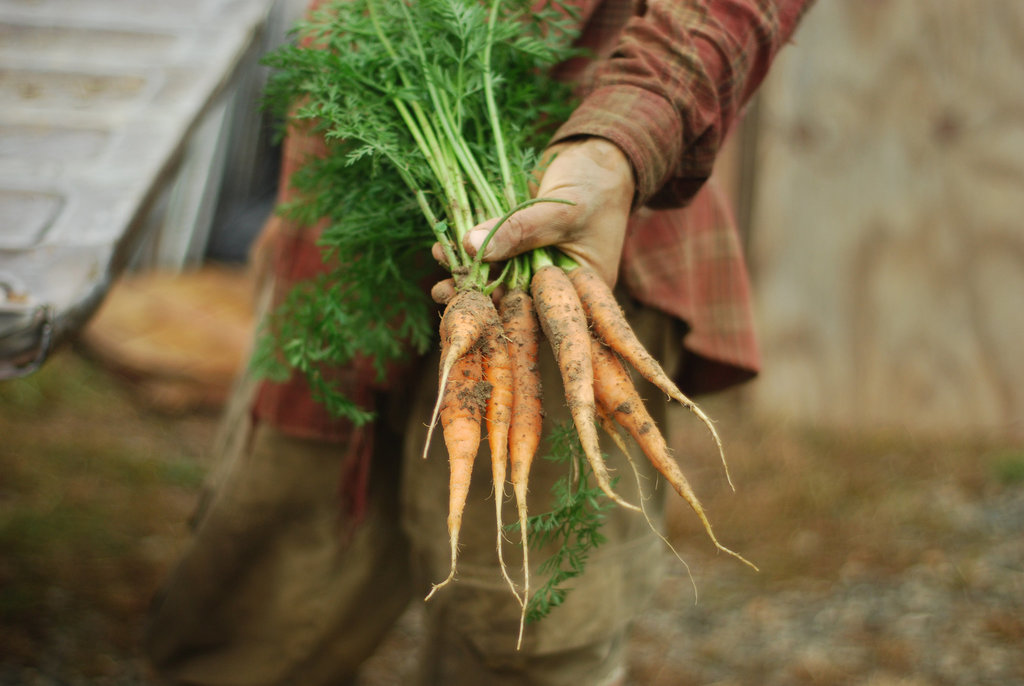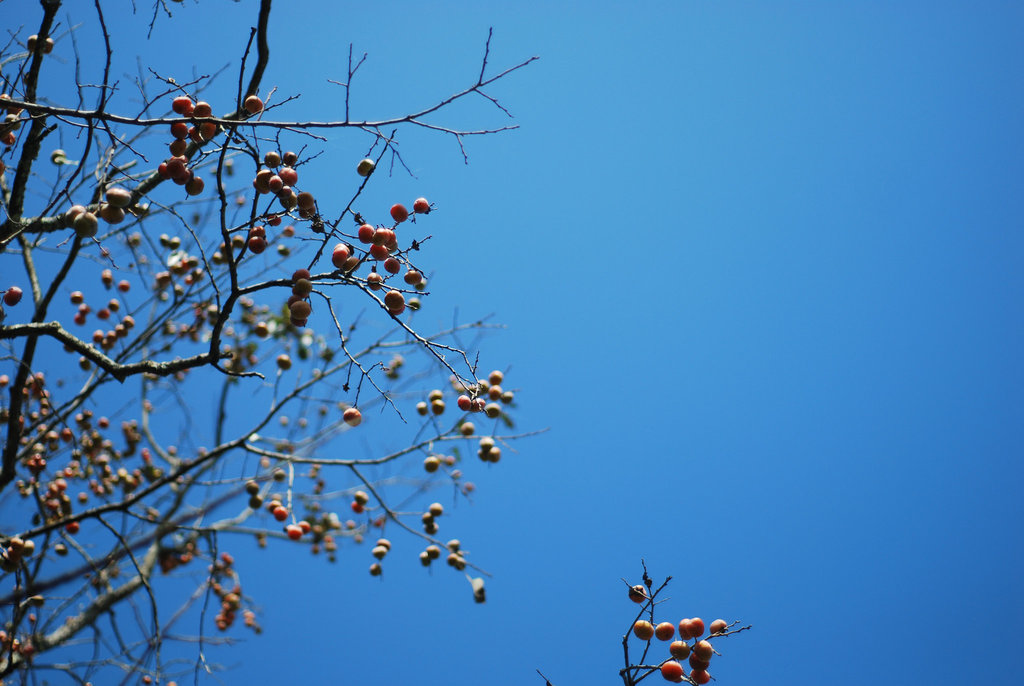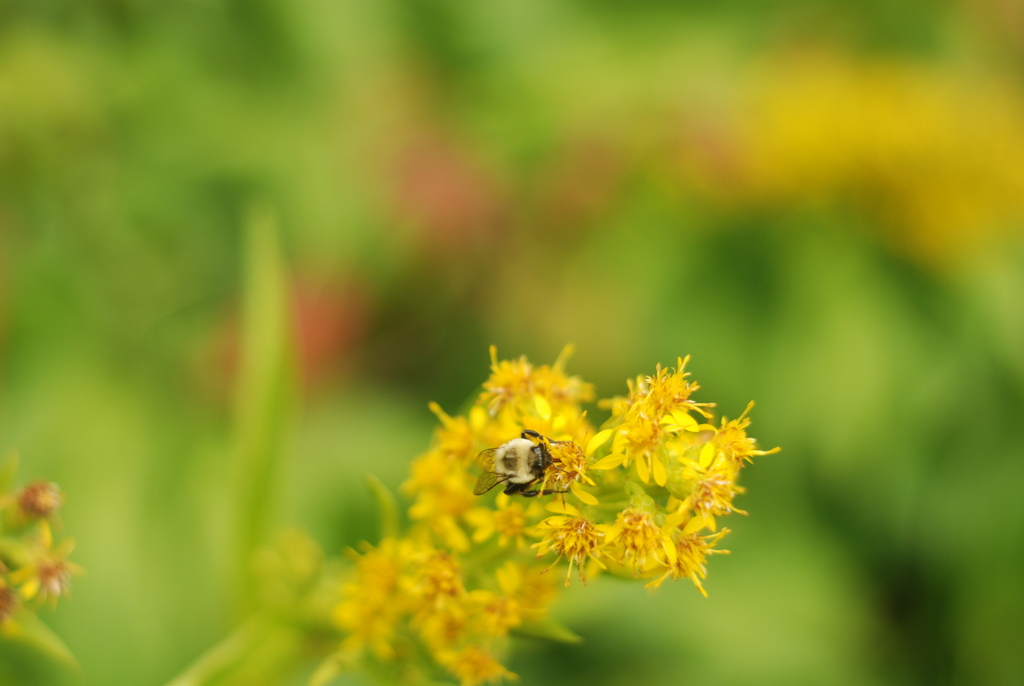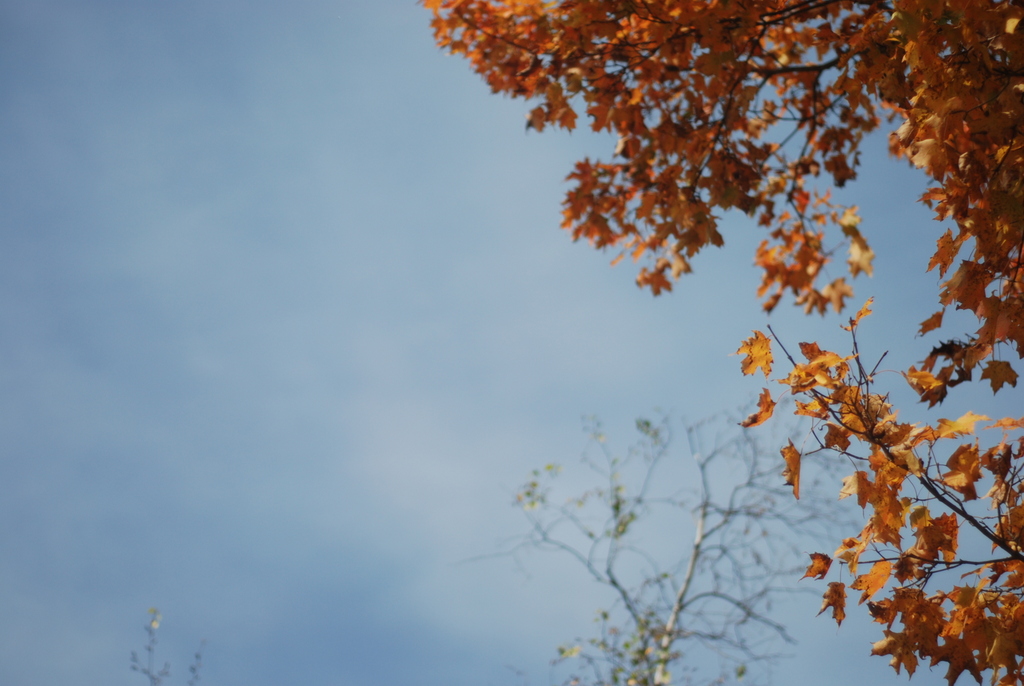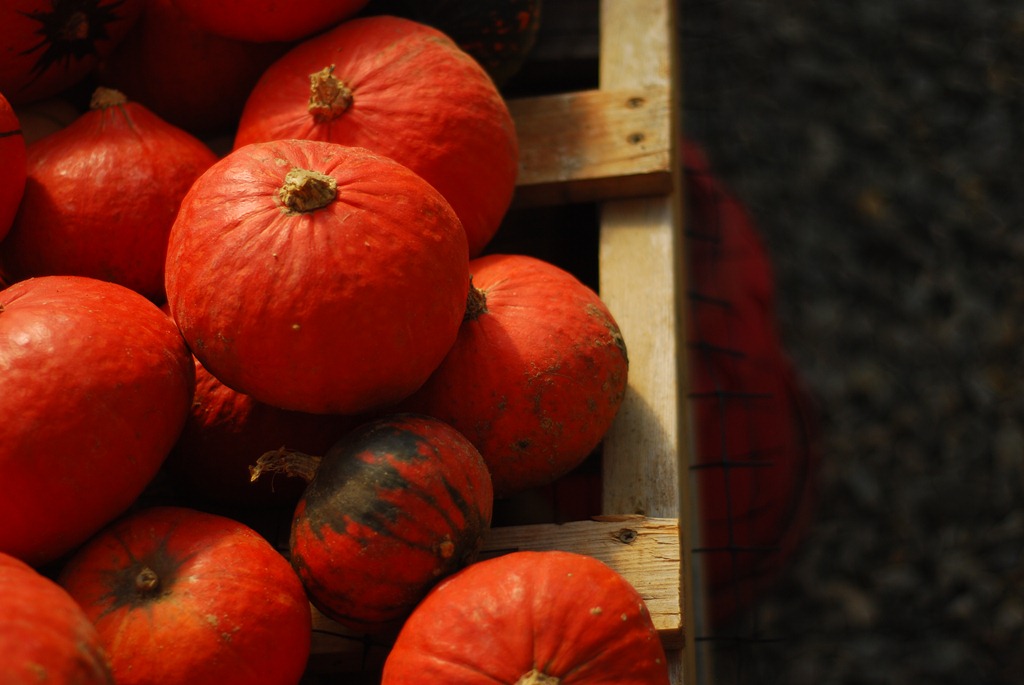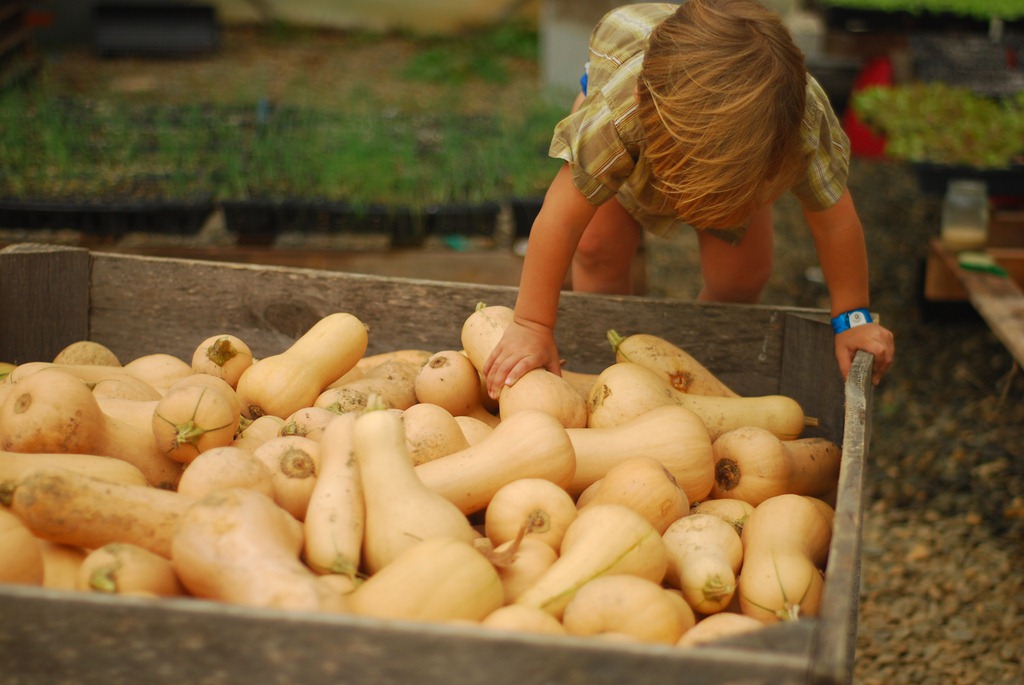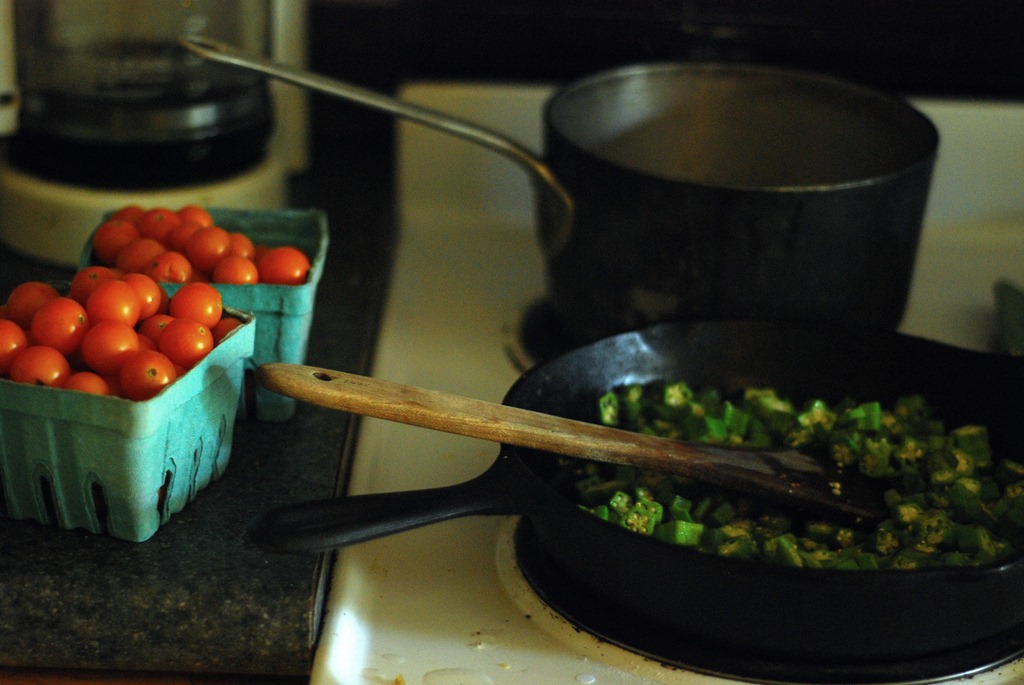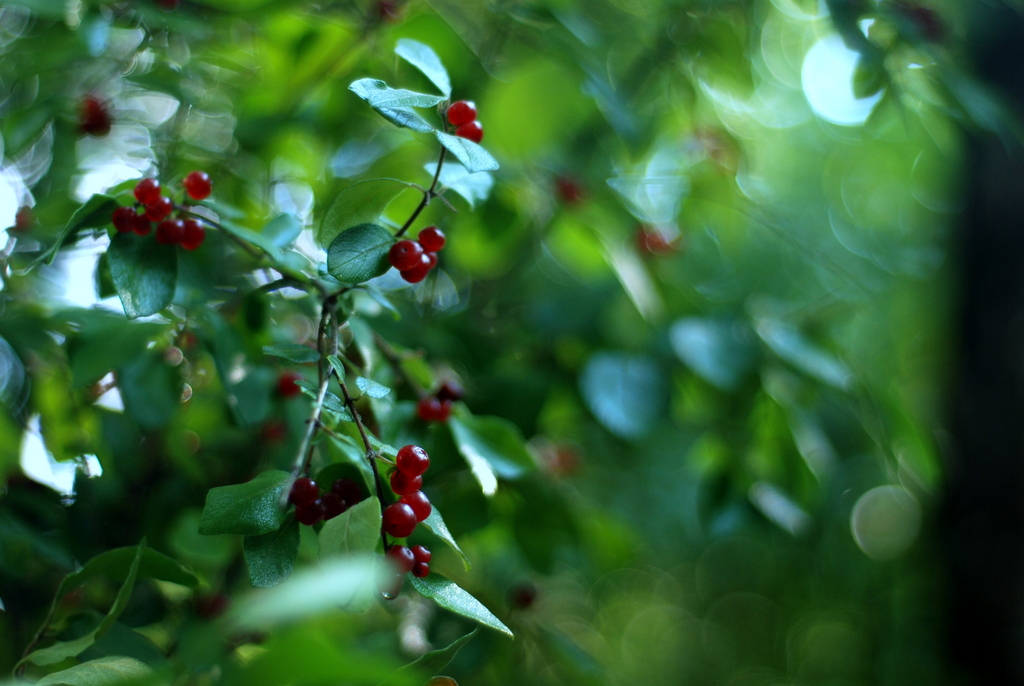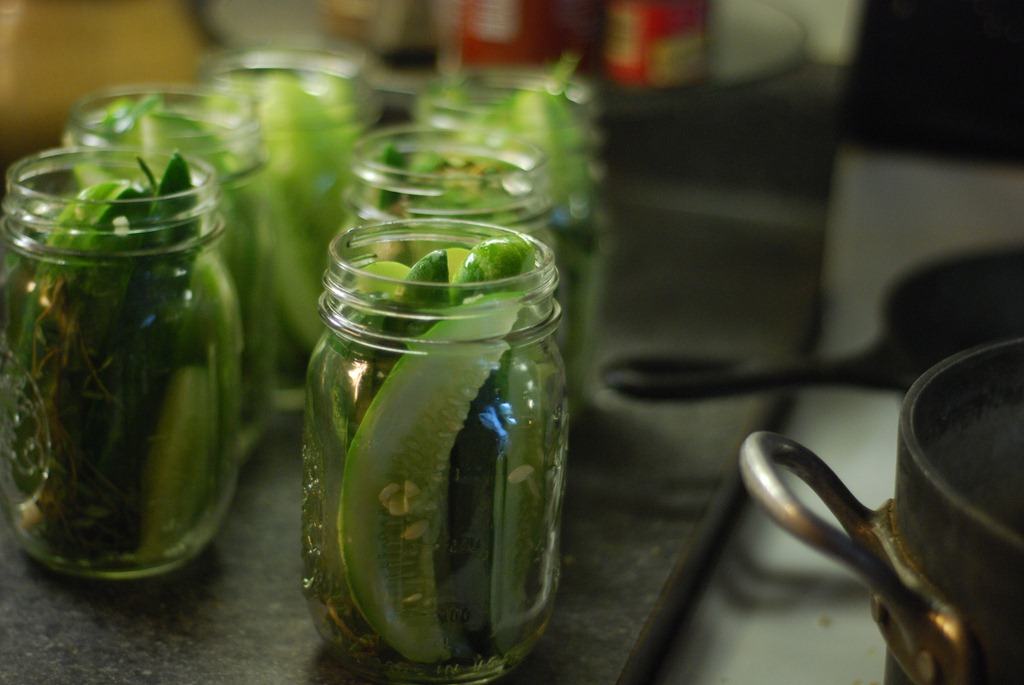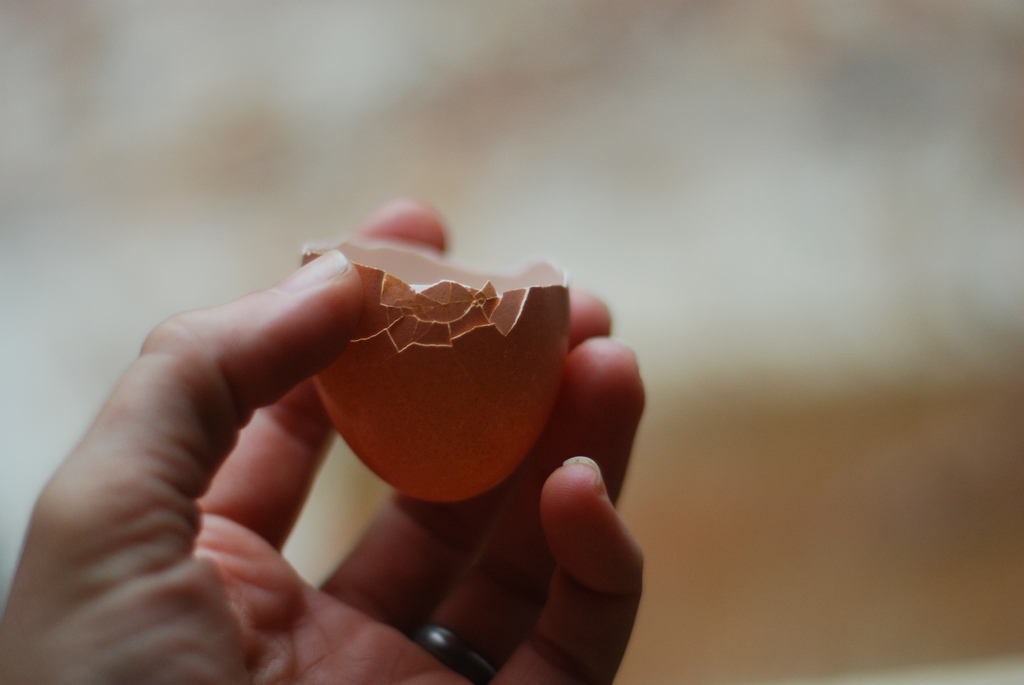A week ago we moved into a little green cottage by the sea.

For real.
To say 2013 has been a wild ride is putting it mildly. It’s been just over a year since we announced our decision to put our Virginia farm on the market, and less than nine months since our move to the Hudson Valley. In many ways they haven’t been easy months, but for a long while we enveloped that stress in a kind of peace. Moves are difficult, we reasoned. Let’s not pretend otherwise, but do let’s try to be patient. Let’s keep digging in this good earth. Let’s have margaritas on the back deck and watch the fireflies. Let’s take the train into the city lots. Let’s make popcorn and start watching Planet Earth, and let’s go out for breakfast because hey! we finally have Saturdays off, and let’s build a sandbox. Let’s make a baby even.
We did all that, and we laughed, quite a lot, but we couldn’t really shake the feeling that some things weren’t getting better. About three months ago we realized: this is not the stress of transition – it’s the stress of a bad fit. And so we started looking, again.
I lived in Virginia for seven years. It would be dishonest to say I felt at home there right away. But love made me stay, and then a bigger kind of love kept us going, gave us the strength to marry, to buy a farm, to build a business, to bring a child into the world, to weather financial uncertainty, and then, to walk away. By the time we did that, Virginia felt very much like home indeed.
Leaving was really hard, and as I’ve said, so was adjusting to our new farm. Our new region, though, felt really good right away. Partly it was moving to a part of a the country so dense with resources. The Hudson Valley is beautiful, for one: I took to its rivers and its glaciated ridges and its mossy forests zigzagged with old stone walls with a child’s sense of wonder and delight and freedom, my own child at my side on every expedition. (Three turns out to be a pretty fantastic age for daytrips.) And so many people! Some have called the area home forever. Others came to be near New York City, and still others left the city behind – but not too far behind. They still needed to buy the things they knew, and to earn a living from making the things they knew, and to sing their songs and fill their bellies and teach their children. Which meant: Diners! Bagels! Playgrounds! Festivals! Farm markets! Creative approaches to school!
I loved it. I loved all that. Our immediate situation was not really working, but more broadly, I was settling right in. Until we moved to New York, I didn’t realize how much I missed the Northeast. And in truth, for all its riches, it’s not that it’s more special than anywhere else. It’s that I grew up there. So even as things were really very hard, I was steadied by the familiar.
It’s a funny thing, the call of home. Sometimes, when I’m feeling very out of place, it’s a high and lonesome sound, a plaintive cry I can’t soothe. But more often, it’s a lullaby. It’s the thing that takes my fears and worries and eases them back into place among all the good and hard that I am living.

It has been a very strange year: unsettled, uncertain. My mind has often been with the families I grew close to during my years in New York City. Many of them were quite expert at dealing with the chronic ache of insecure housing. They said too many goodbyes to dear friends and neighbors. They dealt with the incredible red tape of transferring school records. They crowded in with relatives or friends where it was a challenge to find a pillow to call their own, let alone the quiet to take a centering breath. Or they navigated the city’s complex shelter system, where most often they were crammed into tiny apartments and where dozens of people made rules for them about when and where and what they were permitted to eat, and about where and how they could spend their time, and about who they were allowed to welcome. The shelters provide a place to sleep, and the best of them have patient and respectful staff, but none of them are easy, peaceful places to live.
What advice would the families have for me, I’ve wondered? I think they’d remind me that it’s okay to feel angry and sad. I think they’d remind me that you do get through stuff. I think they’d remind me not to go it alone – to call my mom, to have a meal with a friend, to laugh with my kid. I think they’d remind me that at some point the dust begins to settle.

Will I miss the Hudson Valley? Badly. I will miss our long drives, fertile farmland spilling away from the open road in every direction. I will miss the dairy we drove to every three or four days – the way the new calves stretched their necks as I scratched their jaws, the no-nonsense stare of the Jerseys as they grazed, the clink of the glass jars as I wedged them between the carseat and a bag of books. I will miss mornings with a kindred spirit, frying bacon or chopping tomatoes or rendering lard as our boys squabbled and played and sorted their way to sweet companionship, and our afternoons too, foraging wild blueberries or fording creeks or talking about our midwives. I will miss living so near to one of my oldest dearest friends, and the way she’d arrive on a Friday after work with ice cream and freshly roasted coffee and (before I got pregnant) my favorite porter. I will miss the deep joy of living near my aunt and uncle and cousins – the sweet company of people who have known me all my nearly 36 years, and the reassuring rightness of seeing my boy get to know his own cousins. I will miss my kind and wise midwife, and the plans we were making to welcome this baby. I will miss cider donuts and real New York bagels. I will miss walking across the back deck and down the steps and across the backyard to pick eggplants for dinner or sun golds for now. I will miss running out of eggs and wrapping myself in a scarf even as I’m already halfway to the chicken coop.
That last one is so big. I didn’t grow up on a farm, and for close to ten years before meeting my husband I was a very content city gal. But we’ve lived on farms our whole life together. And all those even rows and freshly tilled fields and wide open spaces and cedar windbreaks and border streams became, well, how I parent. When we were grumpy from too much time inside, there was no searching for keys, for shoes, for diaper bags, for pants even! There was only opening the door and unfolding into the wide and busy world out there. When he was a baby I laid a quilt beneath the giant sycamore just east of the house, where he napped (a little) and nursed (a lot) and grabbed fistfuls of grass and clover. As he became more mobile we’d collect eggs, or look for frogs and snakes in the creek, or visit his dad and the crew as they seeded carrots or snipped garlic or dug potatoes. For someone who grew up in the suburbs, and then lived all those city years, never craving escape, the power of those fields and woods to shift our perspective and to ease open those tired and lonely hours of new motherhood was startling and deeply soothing.
And now, for the first time in eight years, we are living off-farm. When we were searching for a better spot we cast a pretty wide net, looking as far afield as Oregon and Minnesota and Georgia. Many farms didn’t offer housing – what a shift from something that had come to seem part and parcel of my definition of home. How could I give that up? It was too much.
But you know? We’ve been here a week, and already I’m reminded that a farm is hardly the only sweet environment in which to raise a happy inquisitive child, to create meals and messes and connection in the kitchen, to find peace. It’s hardly the only place to make a home.
For all its gifts, a farm can be a lonely place for someone like me. For the most part, in these last eight years, I’ve staved off the worst of it by getting out there in the middle of things – exploring with my son, hanging out with our crew, hauling the harvest back home to the kitchen – and by knowing when to get off the farm too. But it was always with me, that loneliness.
Last weekend I drove to our new town from the mountains of Western North Carolina, where I’d spent some sweet days with my family before the move. It was a long drive for a very pregnant woman and a 4-year old, but gorgeous too – the smoky blue ridges of Appalachia and then gently rolling farmland, punctuated by small towns and big cities, and then at last the broad coastal plain of our new home. There is so much to learn and say about the sea so near, and about the new farm, fifteen minutes south of our little green house. But what struck me most as night fell last Saturday, our new address at long last looming close on the GPS, was commerce, density, stoplights. It could not have felt more different from the rural expanses I have called home for so many years. But what I felt was certainly not loss. It was a giddy good cheer. Has all the open space and abundant unspoiled nature and quiet of the last near-decade profoundly impacted my parenting and been deeply restorative? Yes. Have I felt it in my bones? Yes. And do I madly love a human landscape? I do, I do, I do! Here, there are neighbors raking their yards and calling out, “Welcome to the neighborhood!” There is a 7-Eleven a mile and a half up the street, a sweet blessing indeed those first three mornings here, when I rose early for coffee and writing and searched the mountains of boxes in vain for my own beans. There are Christmas lights twinkling sleepily at me and the dog as we head to the bay for a walk every morning after my husband and son wake. I know that any given day might hold some leaf pile jumping (a brand new experience for our little guy – one does not do much raking on a farm), or a trip to the library (one mile away!!!!), or a second and perhaps third visit to the beach, or a visit to see Dad at the new farm. It’s all so close at hand.
Here’s to home.







